The design of a Plastic Toy Mold involves a structured process that requires attention to product specifications, manufacturing techniques, material selection, and safety standards. Used to shape various plastic toy components, a Plastic Toy Mold must meet technical, functional, and aesthetic requirements. Each stage of the mold's creation contributes to the quality and performance of the final toy product, and designers must take into account both mass production efficiency and product detail precision.

A Plastic Toy Mold begins with product analysis. This step includes evaluating the shape, dimensions, and intended function of the toy part. The complexity of the toy influences the number of mold cavities, the parting line design, and the positioning of core and cavity inserts. For example, if the toy includes movable parts, snap-fit joints, or detailed surface features, these aspects must be translated into the mold design accurately to ensure correct molding and assembly.
The material selection for a Plastic Toy Mold plays a significant role in its durability and operational performance. The mold is typically made from hardened tool steel, pre-hardened steel, or aluminum, depending on the production volume and required surface finish. Steel molds are favored for long production runs, offering high resistance to wear and deformation. In contrast, aluminum molds may be used for shorter runs or prototyping due to their lighter weight and faster machining time.
Each Plastic Toy Mold must be compatible with the plastic resins used to make the toy components. Toy manufacturers often use ABS, PP, PE, or PVC, selected for their impact resistance, color stability, and processability. The mold must accommodate the melt temperature, flow rate, and cooling behavior of the chosen resin. Improper material-mold pairing can incomplete filling, shrinkage, or surface defects in the final toy.
The cooling system in a Plastic Toy Mold is another critical element. Efficient cooling ensures uniform solidification of the plastic part, which helps maintain dimensional accuracy and reduces cycle times. Cooling channels must be designed with proper placement and diameter to manage heat extraction without causing warping or internal stresses. The mold designer must also ensure that the cooling system is easy to clean and maintain for long-term use.
The ejection system of the Plastic Toy Mold removes the solidified toy component from the mold after cooling. This system includes ejector pins, sleeves, and plates that push the part out without damaging it. For toys with fine or fragile details, the ejection process must be smooth and evenly distributed. Any misalignment or excessive force can cause deformation, especially in toys with thin walls or small features.
Another key consideration in Plastic Toy Mold design is the gating system, which determines how the molten plastic enters the cavity. The gate must be positioned to fill the mold evenly and reduce the formation of weld lines or voids. In toys that require smooth surface finishes or specific color patterns, gate location and size become even more important. Multiple gates may be used in larger or multi-cavity molds to balance material flow.
For more complex toy assemblies, a multi-part Plastic Toy Mold may be developed. These include sliders, lifters, or collapsible cores that allow for undercuts and intricate features. These mechanisms make it possible to mold toys with functional joints, openings, or interlocking shapes directly in a single injection cycle. The design must ensure that these moving parts operate smoothly during mold opening and closing without causing excessive wear or mechanical failure.
In terms of production setup, each Plastic Toy Mold is typically paired with a specific injection molding machine. Compatibility in terms of clamping force, shot volume, and temperature control is essential. The mold base, runner system, and alignment features must conform to industry standards to allow smooth integration into existing manufacturing lines.

 English
English 中文简体
中文简体 русский
русский
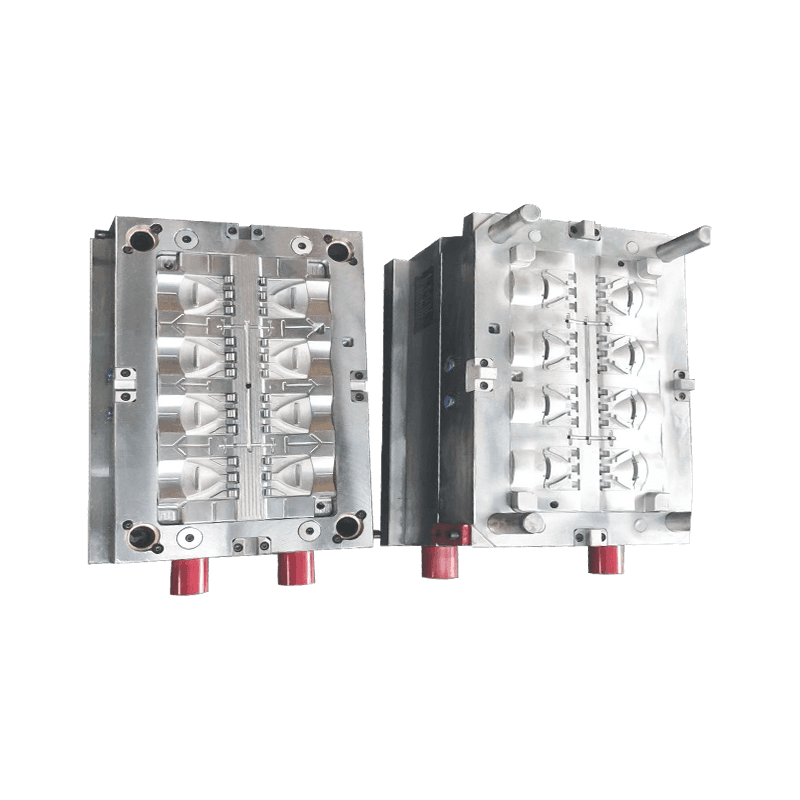
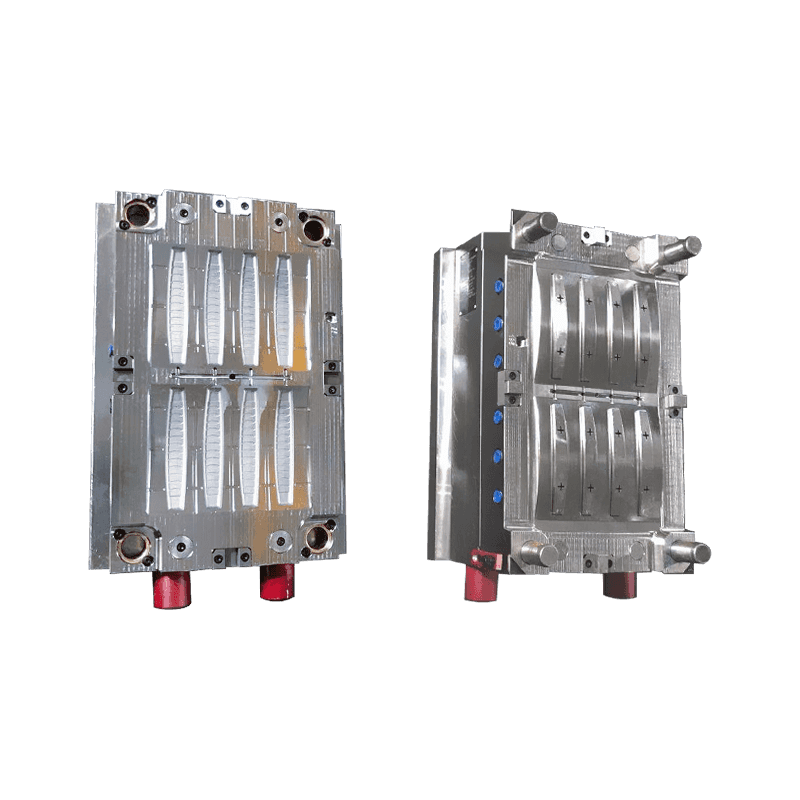
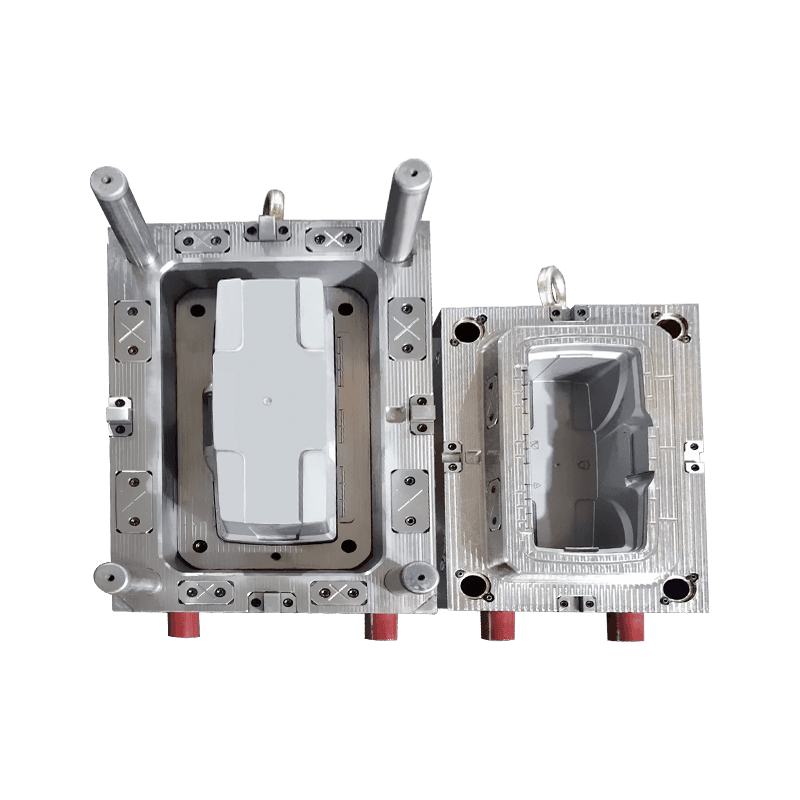
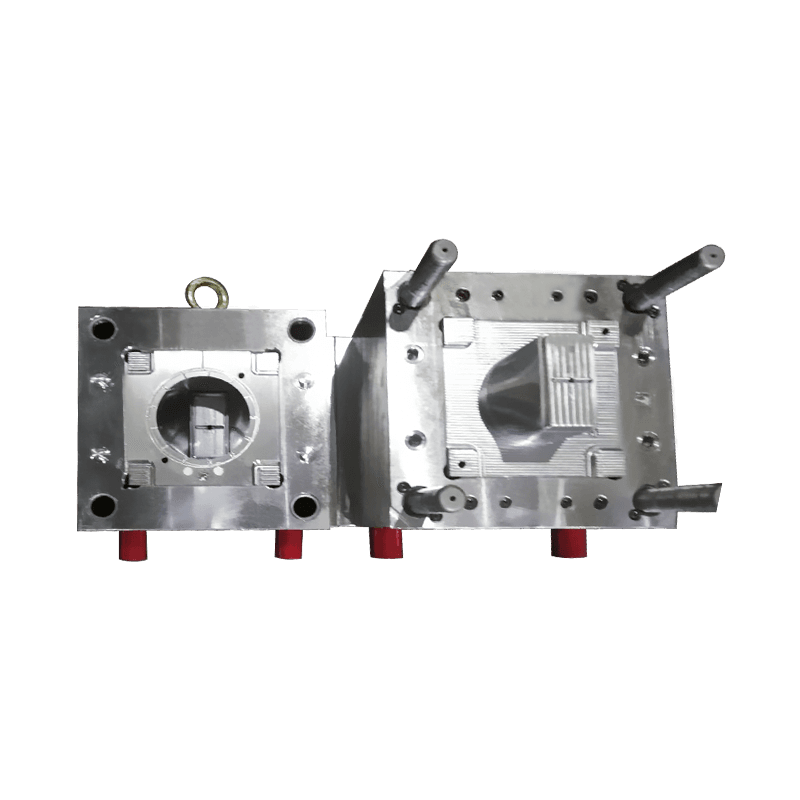
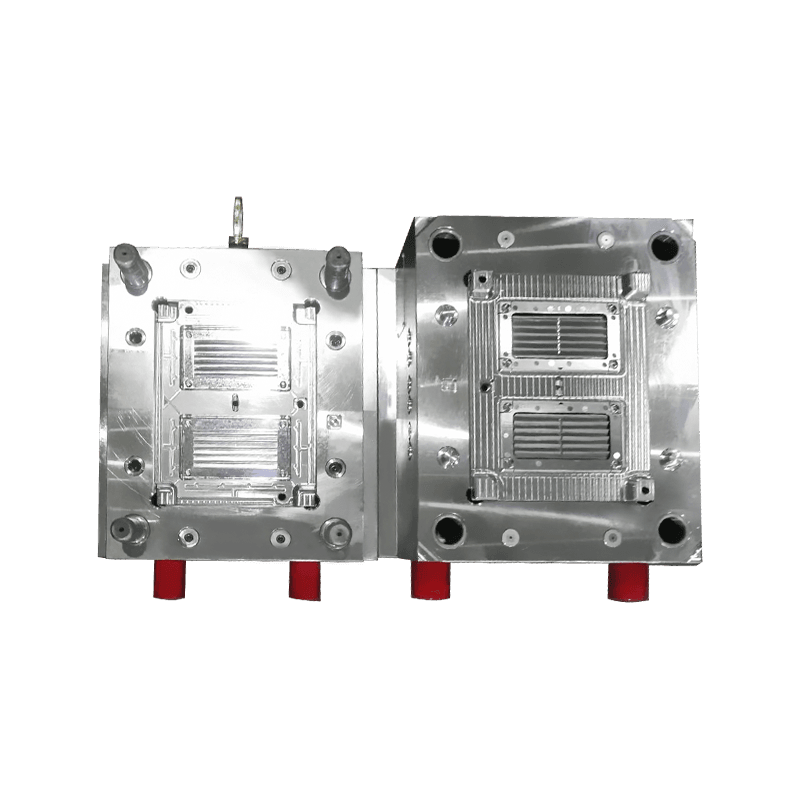
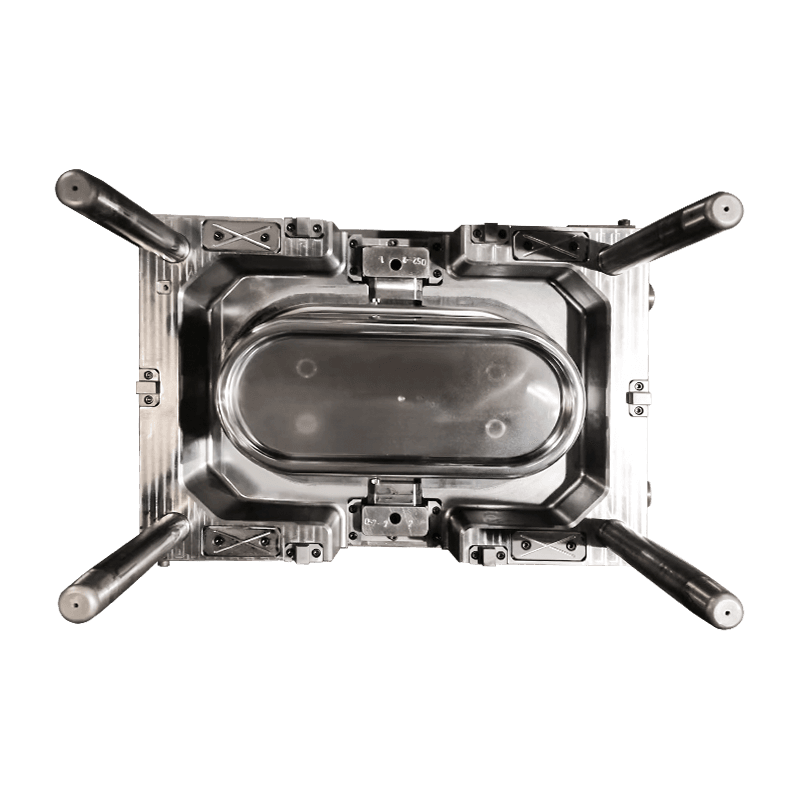
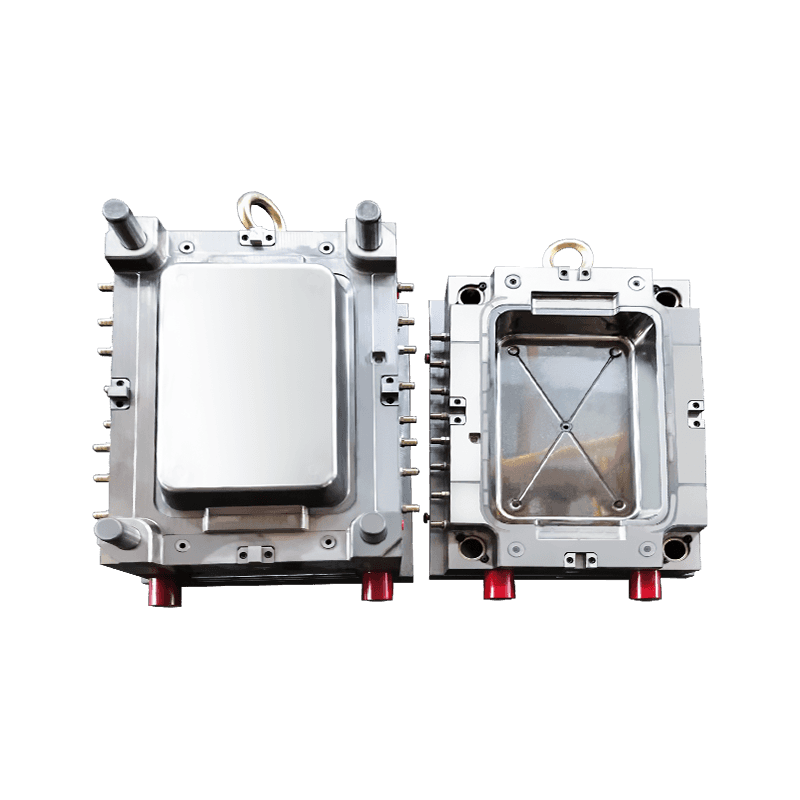
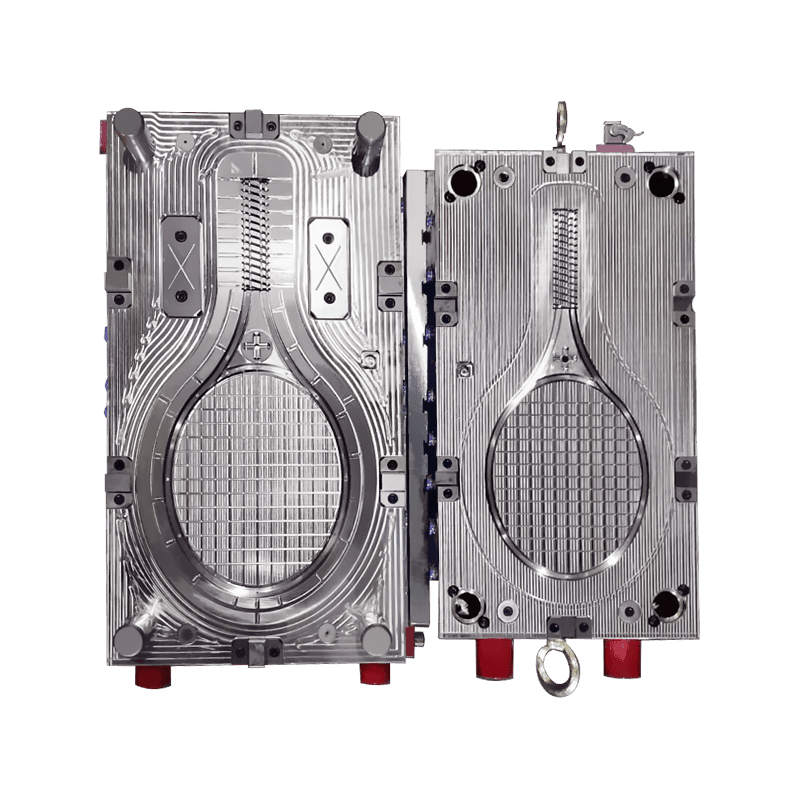
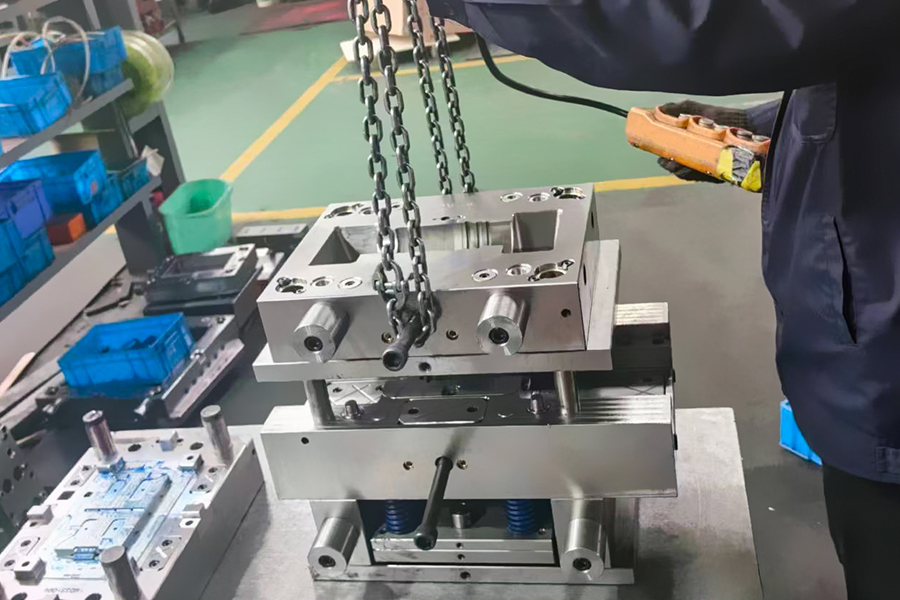
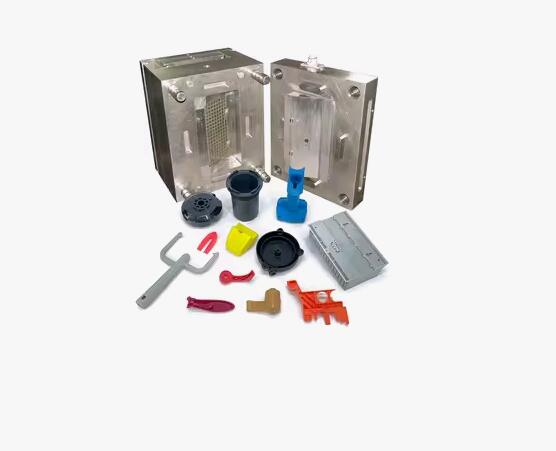
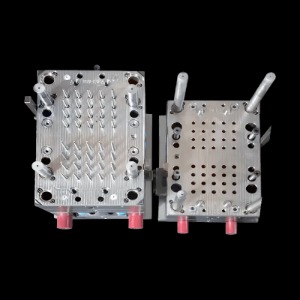

Contact Us